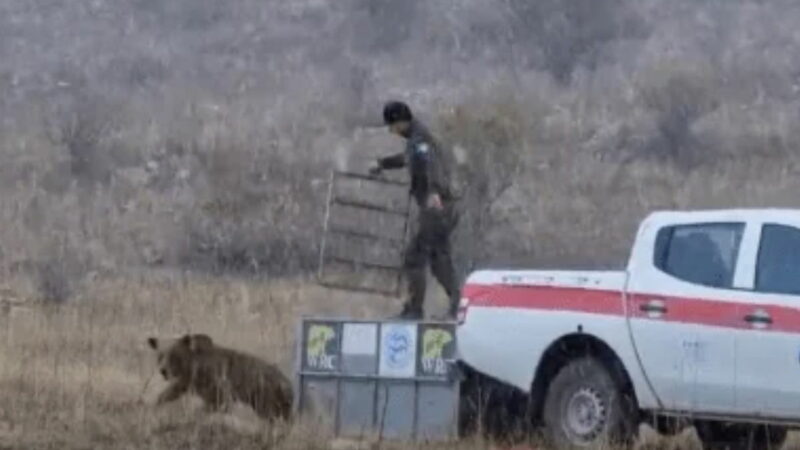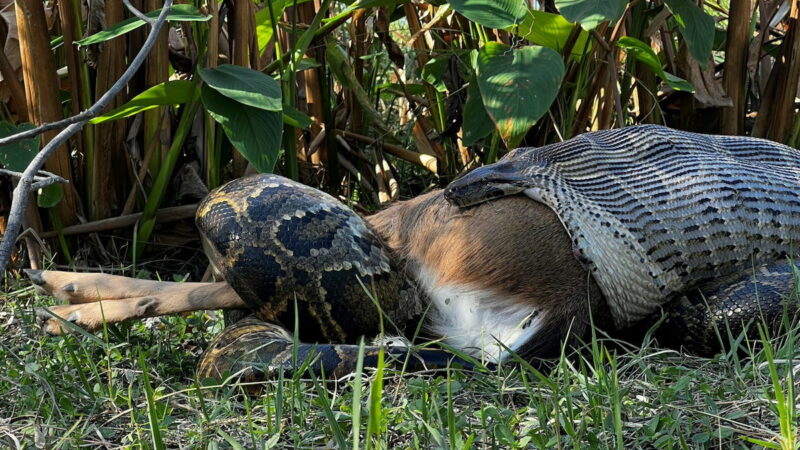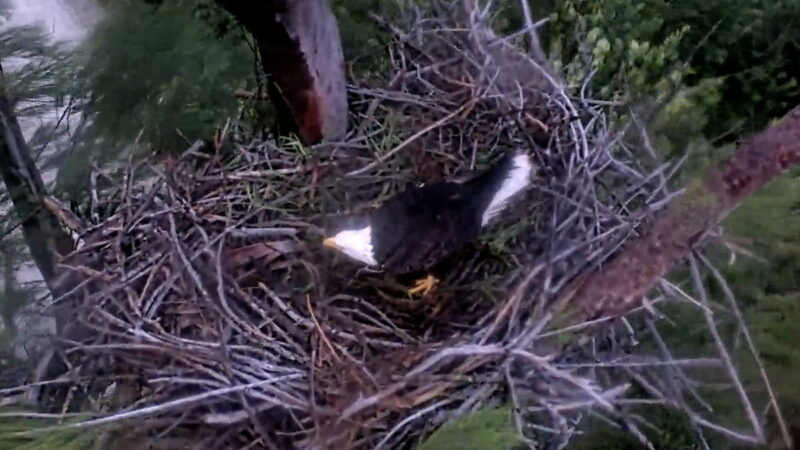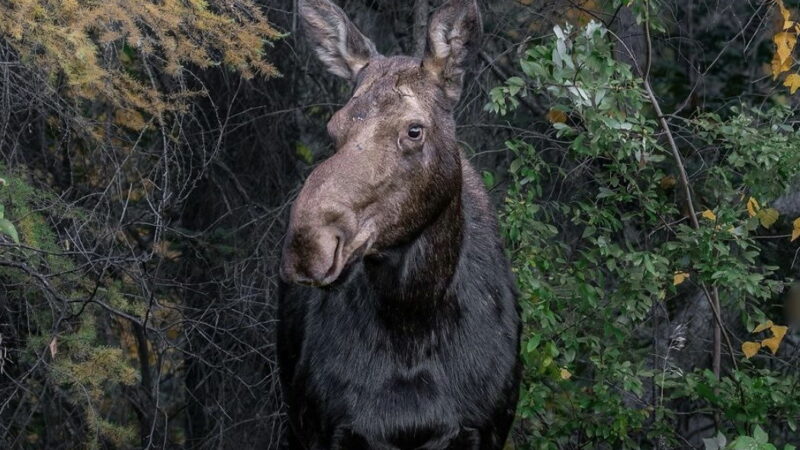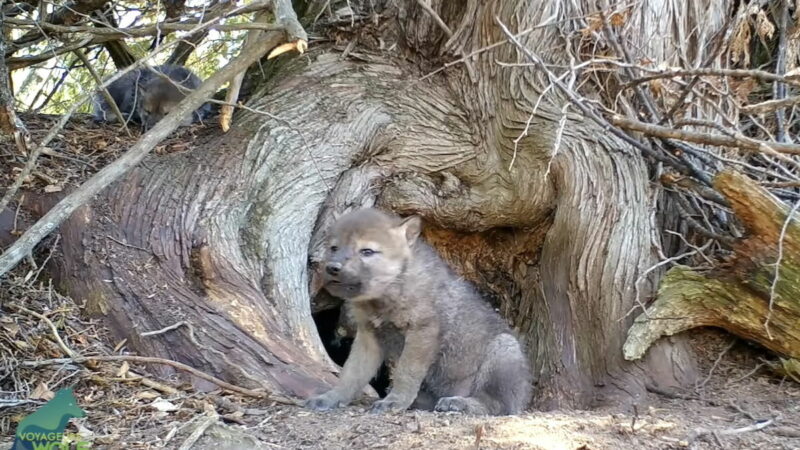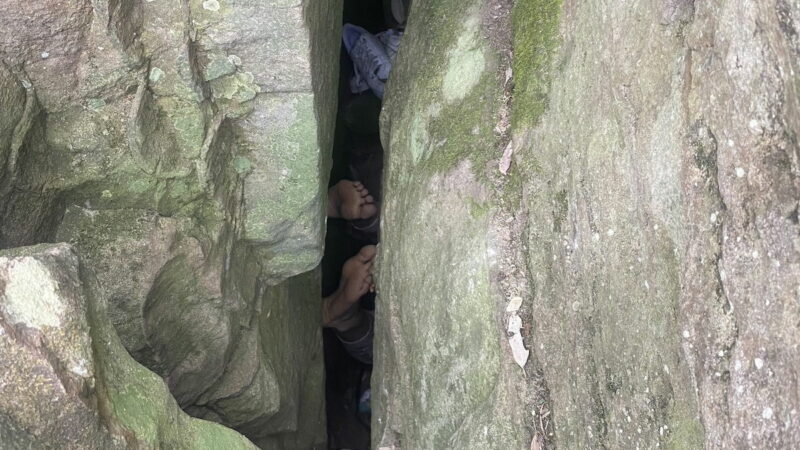How Bear Grylls Communicates In A Survival Situation
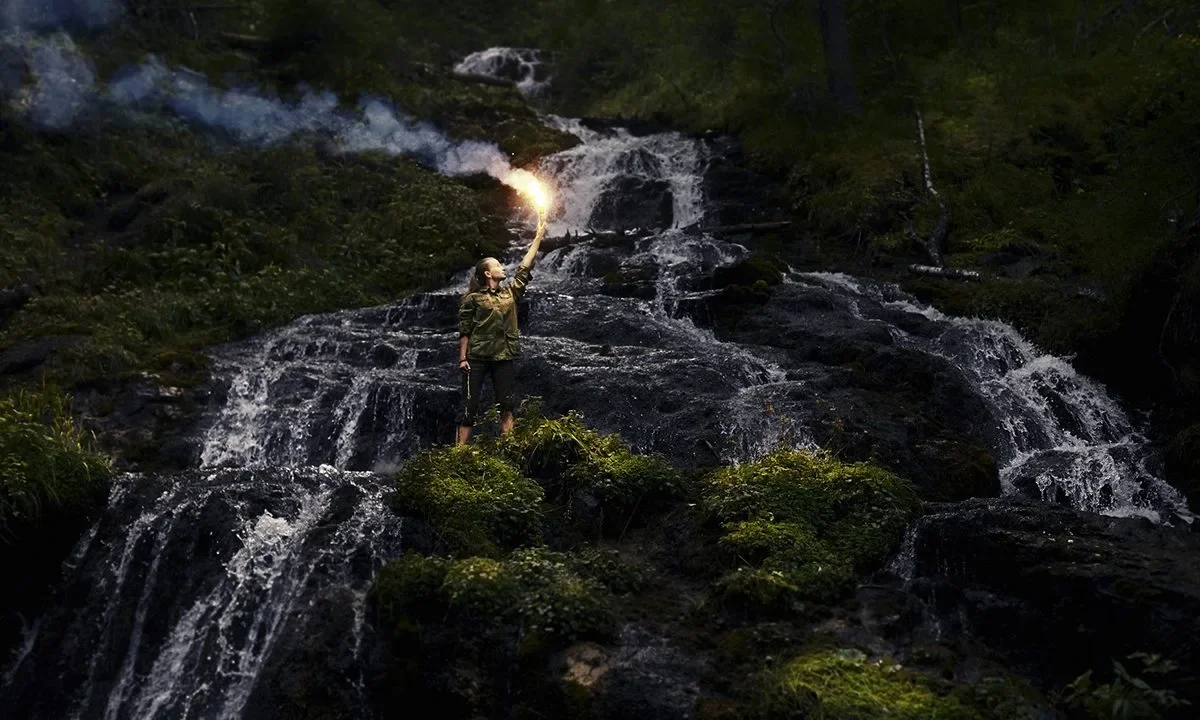
How Bear Grylls Communicates In A Survival Situation
As a survivalist who has been in some of the world’s most hostile environments, Bear Grylls has often talked about the four priorities of survival – Protection, Rescue, Water, and Food. Getting rescued, says Bear, should be higher on the list than even water or food.
In some situations, getting rescued is the only way you will survive – and for this, you need to be able to alert people to your predicament, and when help does come, you need to be able to communicate with them.
Here are some ways that Bear Grylls communicates in a survival situation:
Send smoke signals
“If you know that people are out looking for you, three small fires, set in a triangular formation, are an internationally recognized distress signal,” says Bear in his book, How To Stay Alive.
If you are trying to signal people who don’t know you are in trouble, or you are under the canopy of trees, you can use smoke as a distress signal, by making a fire that produces as much smoke as possible.
If you are in the jungle, the smoke needs to be powerful enough to go up through the canopy. While normal fires in areas of trees need to be small to avoid forest fires, signal fires need to be as large as possible.
“Collect enough fuel gradually to build up an enormous blaze,” says Bear in How To Stay Alive. “When it’s really going strong, smother it with loads of green matter.”
To get air into the fire, wave something like a jacket at the base, to produce a big plume of smoke. At night, you can light a signal fire to attract attention.
Use Morse code
Even knowing the basic SOS signal in Morse code might be what gets you rescued. The signal is ‘dot, dot, dot, dash dash dash, dot dot dot’ – so with sound, it is three short taps, three long taps, three short taps. Or with light, it is three short flashes of light, three long flashes, then three short ones.
You can use this with anything from signaling an aircraft to alerting people to your presence if you’re caught in an avalanche, stuck in a cave system, or trapped in a collapsed building.
“SOS has probably saved more lives than all the other distress signals put together,” says Bear.
Blast a whistle
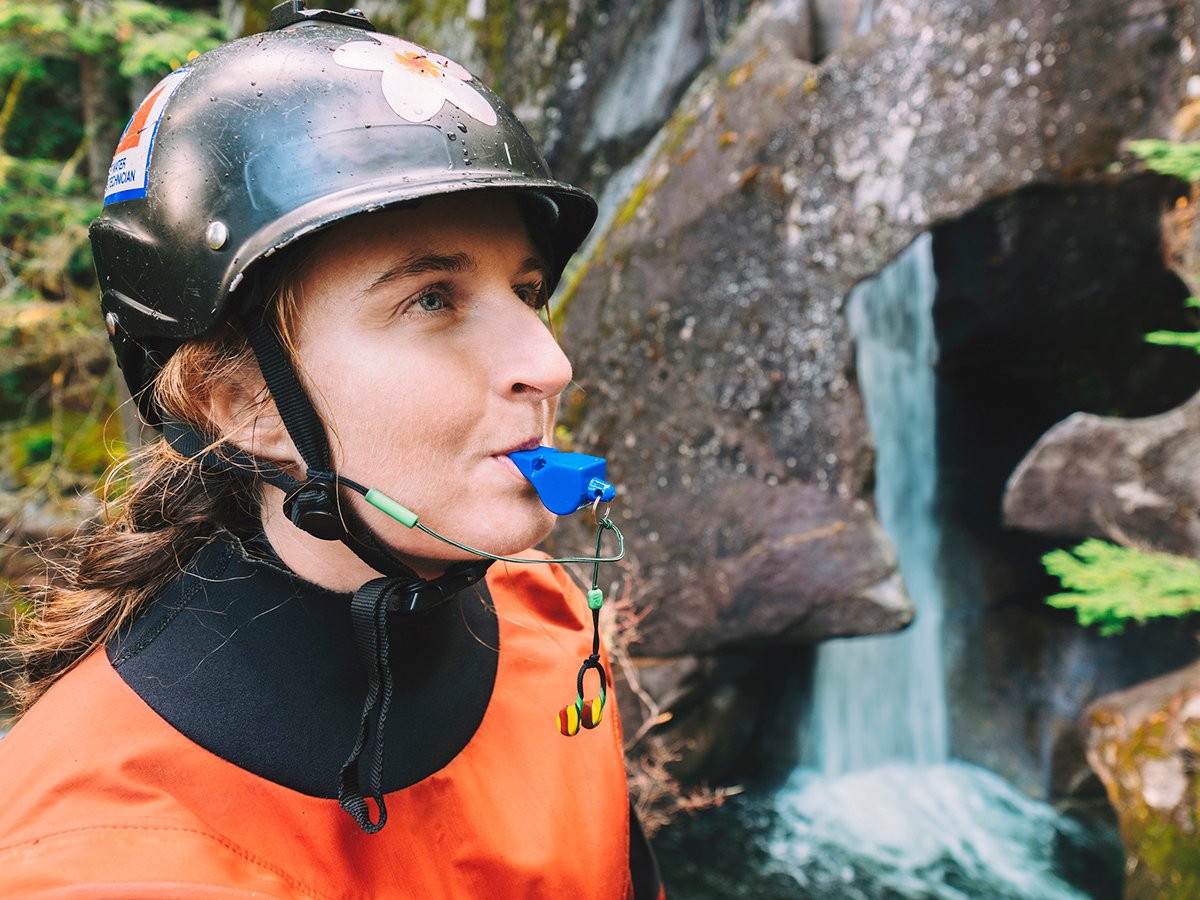
Always bring a whistle with you on outdoor adventures. The sound will reach for miles – and be less tiring than trying to shout. Using a whistle, the international distress signal is six blasts repeated every minute, and three blasts as a reply. You can also combine it with the SOS Morse signal.
Use a mirror
You can also use a hand mirror to transmit the SOS Morse signal, reflecting the sun. This can be seen by aircrews up to 50 miles away.
“If you don’t have a mirror, improvise with any shiny surface,” says Bear. “A tin can, a piece of foil, the blade of your knife, or even a belt buckle will reflect sunlight.
To aim your signal, hold the reflective surface in one hand near your face. Then, stretch out your arm and make a V-sign with your other hand. Position the V so that the aircraft whose attention you are trying to get is visible between your fingers. Then, angle the reflective surface so that the reflection of the sun hits the V (and therefore the aircraft).
Source: https://outdoors.com/how-bear-grylls-communicates-survival-situations/

